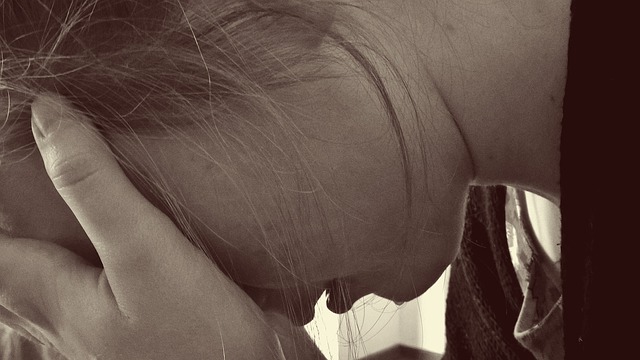Despite a slightly declining suicide rate for Arizonans aged 15-24, Arizona teens are still vulnerable to mental health issues, and in severe cases, suicidal thoughts and actions.
The suicide rate for Arizonans aged 15-24 was 15.8% in 2017, a 6% decrease from the 16.8% rate in 2006, according to a report from the Arizona Department of Health Services. However, suicide is still the second-leading cause of death for 15-34-year-olds, according to the American Association of Suicidology.
Mackenzie Gates, prevention specialist for Arizona’s Teen Lifeline, said while people are “calling it this huge problem that just came out of nowhere,” the issue of teen suicide “has always been in our community.”
Last year, she said, Teen Lifeline received about 22,000 calls.
The overall mental health of teens is also shifting, with increases in anxiety and depression.
16.5% of Americans aged 6-17 experienced a mental health disorder in 2016, according to the National Alliance on Mental Illness. NAMI also found that each year, 17.2% of high school students have serious thoughts of suicide.
Adolescence is always a challenging time, according to Dr. Lisa Merrin, licensed psychologist and coordinator of social emotional wellness at Tempe Union High School District, but something has changed, she said.
“It’s always a time when people are vulnerable as they’re entering the world of adulthood and having all of the natural fears about kind of becoming their own individuals and becoming independent in the world,” Merrin said, adding there are now “extra layers.”
One of these layers may be the increased use of social media, the impact of which healthcare professionals are now researching.
“I think our current generation of teenagers going through school right now do spend so much more time on the phone connecting with other people, instead of in a room connecting with other people,” Merrin said.
According to a 2011 study by Yale researchers of internet use among Connecticut high school students, “problematic internet use was found to associate significantly with substance use, depression and aggression.”
“I do think that social media has something to do with that as much as it can connect people, it can also isolate people and the way it connects people can sometimes be very impersonal and allow for more cruelty,” Merrin said. “I do think that that contributes to their feelings of isolation and anxiety and therefore some of those needs that they’re having.”
According to a study done by researchers from San Diego State University and Florida State University, adolescents who spent more time on screen activities were significantly more likely to have symptoms of depression or have at least one suicide-related outcome.
Merrin said she believes there’s also “a lot of anxiety around performance,” citing pressures like getting admitted to certain colleges and receiving scholarships.
Teens are “worrying that a B isn’t enough when it’s perfectly fine,” Merrin said.
Gates, who started working at Teen Lifeline as a peer counselor when she was 15, said Teen Lifeline sees a rise in calls and texts to their hotlines at the beginning of the school year, especially “about the more serious things like suicide, self-injury, things like that, that are really worrisome.”
Kids are “really stressed out this time of year” with the pressures of academics and other extracurriculars, Gates said.
Dr. April Foreman, licensed psychologist and board member of the American Association of Suicidology, said understanding teen suicide is not so simple.
“Something is really straining the wellness of people in the U.S., and as a result more people are dying by suicide, but we don’t know for sure why and we don’t know for sure what to do about it,” Foreman said.
Moreover, the “stigma is the lowest it’s ever been, but our rates are some of the highest they’ve ever been,” Foreman said. “And what we need to do is turn that into public action.”
“I think it’s clear that we’ve had more stress than we’ve ever had since they’ve been tracking stress as a variable in our lives,” Merrin said. “There is a lot of anxiety and depression and isolation and we’re really trying to work hard to counteract that by being a district where kids feel and staff feel respected and connected and cared for.”




